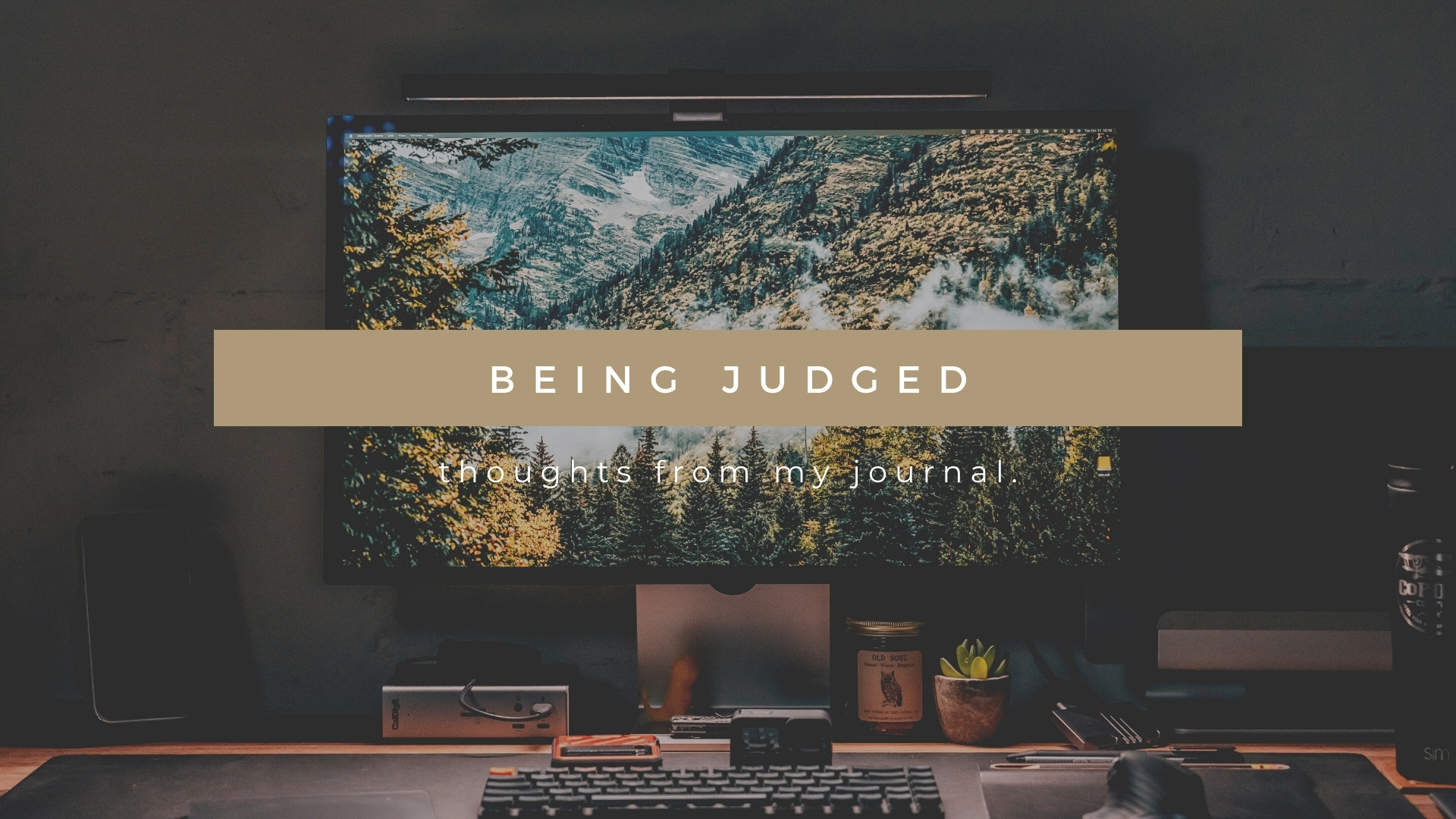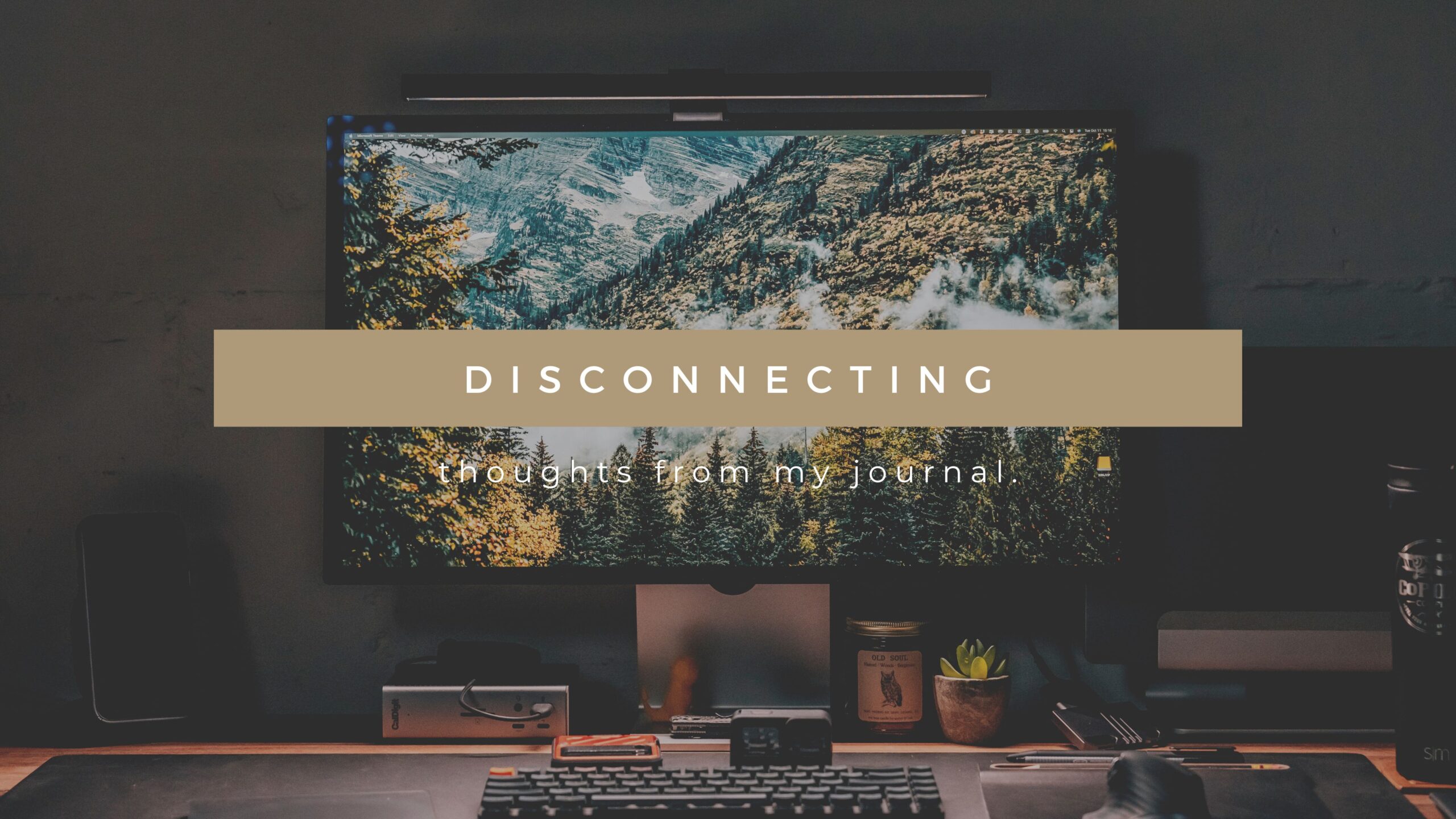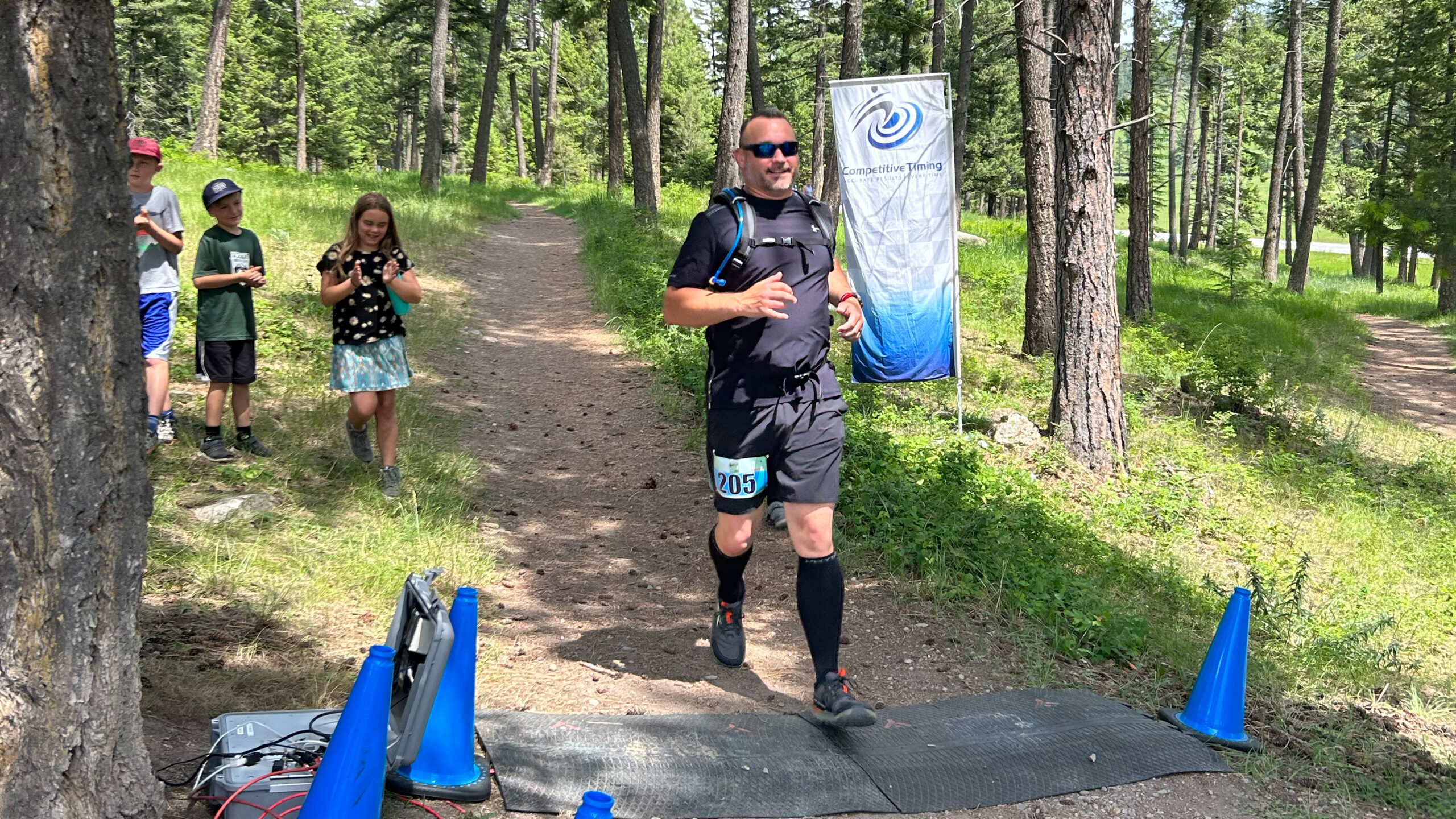Over the past few months, I have been challenging myself in different ways. I believe that we grow the most when we feel challenged. When we have a lack of challenge in our lives, we find ourselves deep in a comfort zone. It takes a constant level of difficulty to keep us sharp and feeling motivated.
There are many different methods for challenging ourselves. I try to challenge myself in ways that stretch me both personally and professionally. Some of life’s challenges will come naturally, such as when you get married or have a child. Other challenges we must force ourselves to take on such as losing weight or working to get a promotion.
I like this concept of challenging myself because it keeps me moving towards something. It is easy to get comfortable in situations you would rather be growing in. It’s easy to let things go when it comes to parenting your kids. It’s easy to eat that extra thing instead of throwing it away. The easy road is the most comfortable until it’s not anymore.
In this post, I am going to identify four different areas in which we can challenge ourselves. There are a lot more, but for me, these were where I started.
Common Types of Personal Challenges
- Physical
- Mental
- Relational
- Occupational
These four personal challenge categories are all very difficult topics for me. I have struggled big time in each of these categories. Perhaps I will go deeper into that in a later blog post or podcast episode.
Physical Challenges
I used to be very physically fit. It was easy in my late teens and early twenties. I worked out a lot, was pretty active, and ate whatever I wanted. Pretty simple… Until it wasn’t that simple anymore. Responsibilities took most of my time and soon I was not going to the gym. My diet changed as well. I was not unhealthy, but I was overweight. I was giving my body more than it needed and it was storing that for me. I had to challenge myself to eat better and be more active.
Mental Challenges
Life would happen and I would just deal with it. That used to work for me. Handle it or forget about it. Those were the silos I put everything in until they were overflowing and everything came spilling out. I realized that if you don’t take care of your past you are carrying it with you. It was too heavy and I needed to get a handle on it.
Relational
I have never been good at maintaining relationships. I don’t have many friends and even fewer close friends. I was always too busy and didn’t want to spend time with people who had nothing better to talk about than sports facts. That made it hard for me to fit in with groups and I eventually developed some social anxiety. I have been challenging myself to make and maintain more friendships in hopes that some of them become deeper friendships.
Occupational
The problem with working for yourself is that there are often only two motivators: Money and Clients. You need money so you get clients. Clients want the work done or you don’t get money. If the clients are happy and my bills are paid on time, it is easy to feel safe. Feeling safe for too long leads to a lack of growth both in my business but also in myself professionally. I have had to find new ways to challenge myself to grow while at the same time not killing off what is still working.
Why Do We Need Challenges?
We need challenges to help us grow and get outside of our comfort zone. Without them, we stay comfortable until we get taken out by someone who’s challenge was to get ahead. It happens at work and in our personal lives. If I am not getting outside of my comfort zone then I’m not growing. I am finding ways to avoid frustration and avoid the change that I want in my life. That means I am saying no to opportunities that could be really interesting but might take some extra work and I am saying yes to relaxing and taking the easy route.
If we are ever going to progress, we need to expand beyond our current understanding. You might be a professional in your industry but there is always someone with more experience. My kids often feel like they know everything about a subject until I ask them to go up against someone with more experience than them. Whether it be a video game or their jiu-jitsu class, they need to seek out challenges to help them grow.
It is very important to put yourself up against others, even if they don’t know you are doing it. Sometimes my kids have a great jiu-jitsu session, other times, they get owned by some other kid. That is how life works. Sometimes we win and sometimes we get owned. You can have all of the techniques and lose in endurance. It happens. My kids have been in jiu-jitsu for over a year now and some days feel like they just started last week.
Challenges give us opportunities to learn more about ourselves. You don’t learn much about yourself from the couch. If you sit in your office all day and never bring that new idea to the table, you never learn whether or not your idea would fly. Sometimes we learn that showing up is what it takes and as long as we keep showing up, we keep winning. That is the case for me with my challenge to get back in shape. I just keep showing up. I’m not looking for perfection each time I go to the gym, I just get up and go.
Fear is also overcome when we challenge ourselves. You beat fear regardless of when you take on a new challenge. Fear is what stops you from even starting. Fear is what keeps you in bed at 4AM instead of getting up to go to the gym. Fear is what keeps me from blogging, recording a podcast, sending an email to thousands of people, or talking to my kids about something tough. The more you avoid fear, the easier it gets to stay somewhere safe.
My Challenges
I have been challenging myself to get to the gym first thing in the morning at least four days of the week. My goal is that I never skip more than two days in a row. For the most part, I have been able to stick to that. I have to get up early to get to the gym because that is the only time I can make it. Once the day starts, it’s too late. The demands of my family and work are priorities of mine so I can’t take off for an hour or two in the middle of them. I would prefer to sleep in, but I go to bed early so I can get up really early to work out. I feel great for the rest of the day when I keep that challenge to myself.
Another recent challenge has been to start sending a weekly newsletter to those who have given me their email address over the years through one of my websites. I had a list of over 22,000 emails and I was doing nothing with them. That’s 22,000 people who wanted to hear from me but didn’t. I have also wanted to get back into podcasting. I love podcasting and have been doing it off and on for about 20 years now. I would start and stop, because of fear. I know that I need to challenge myself to send something weekly by email and publish at least one podcast. This challenge is in line with the goals that I have for myself that fit into all four of the categories mentioned above.
My Challenge For You
What fear is blocking you from taking on a new challenge? It could be the opinion of someone else, or just a voice inside you telling you you’re not good enough. If you would be so brave as to share that with me in the comments section below, I would appreciate that. If not, please subscribe to my newsletter and reply to Issue #2 when it comes out. I will be making a similar ask at the end of this week’s email newsletter.
What can you do today to start challenging yourself? For my fitness challenge, sometimes it is just getting out of bed when the alarm goes off. If I get out of bed and head out the door, I will arrive at the gym and workouts will happen. The first step is getting out of bed. If that doesn’t happen, the rest of the plan is over before it even started. What is your first step?
Final Thoughts
Your challenge doesn’t have to be big. I know that on social media everybody looks like they are making these giant leaps ahead, but that is the problem with social media, it’s a highlight reel. We see the before and after pictures posted at the same time and we don’t get the story that includes all of the challenges they had to overcome to get there. Your challenge can be small. Small challenges add up to big change.
It also doesn’t have to be public. Often the first thing we do when we decide to do something is post about it. That does two things. It puts the pressure of other’s expectations on us and it gives people an opportunity to give us excuses as to why we can’t or shouldn’t challenge ourselves. I prefer to challenge myself in private as often as possible because sometimes I don’t know if what I want will benefit me or not in the way I hope it will. If I make it public, I then have to back down in public.
With other challenges, I have to give myself time to work them into my life. Lately, I have been giving myself 30-day challenges so I can measure the results and see if this is really what I want. If it is, I keep at it and hopefully, it will soon become an aspect of my life.
Sometimes we think that involving others whether it be friends, loved ones, or social media followers will help keep us accountable. I have found that people are actually more likely to give you excuses than to help you achieve your goals. When I would decide to stop working towards something I really wanted people would say, “well, you have four kids, you are busy enough,” or something like that. They are not trying to keep me from being the best version of me, they are just trying to help me feel better. But I don’t want to feel better, I want to feel challenged, so I keep it to myself at the beginning.
Whether you want to grow physically, mentally, relationally, occupationally, or all of the above, I hope that you decide to start challenging yourself today.
Thanks for reading! I ask that you would please subscribe to my Weekly Email Newsletter and if you like listening to audio, Subscribe to my Podcast.









